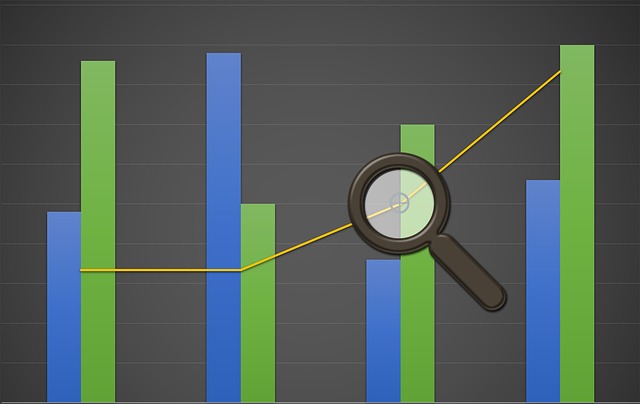The bounce rate is the percentage of visitors to a website who, once they have visited a page, leaves before viewing a second page.
In truth you can easily determine the bounce rate by analyzing the data that Google Analytics provides and thanks to them start to do a series of operations aimed at intriguing, but not only, users to stay on the website and navigate through the pages.
The longer visitors stay within a website, the more time there will be to retain them, and then turn them into subscribers or users who when seeking specific information land directly to the website.
Fortunately, there are a number of simple and free operations aimed at improving the bounce rate of a website and growing any online business.
Creating content in a coherent way
Creating consistent content is one of the best ways to keep users longer and have them view multiple different pages.
According to HubSpot, companies that publish more than 16 blog posts per month have about 4.5 times more leads than companies that have published from zero to four monthly posts.
Let’s remember, however, that not all users love to read, so including a mix of formats such as written content, video, infographic and audio recordings is certainly the best choice.
Practicing an effective internal link building helps to spread the content, also increasing the user experience of the user, allowing them to cover other content and involve them in insights and / or news.
Adding images and videos
Speaking of a mix of formats, to improve the bounce rate of a website, be sure to add captivating images and videos. Many users don’t like to spend a lot of time reading, while they prefer to see a video or be captured by beautiful original and didactic photos.
Adding a large image or high quality video to the homepage will help capture the attention of viewers as soon as they see the site.
Speeding up the website
The speed of any website is important to improve the bounce rate. According to Google, 53 percent of mobile visitors leave a page if it takes more than three seconds to load. And for every extra second that the page requires to be loaded the probability of users bouncing away dramatically increases.
You can use many online tools such as GTmetrix to test the speed of a website, where in addition to checking the loading speed will also be given tips to improve it.
A/B testing
Once the problems have been identified, they must be corrected. Also in this case some tricks are fundamental in order not to leave the bounce rate to the case. That’s why you should always do an A/B test in order to determine what works and what doesn’t.
Often you will be surprised by the responses of these tests discovering from the small but fundamental things that can induce users to leave a website.
An example? Just the simple color of the little visible action call button is enough to make a user leave the website earlier than it should.
We then perform A/B tests, or split tests, for every aspect of the website. Does the bounce rate improve with a popup on the homepage or does it get a higher boost on another page? Does one font convert more visitors than another? Does showing or hiding a progress bar help or damage the bounce rate?
Never leave visitors
Did you know that more than 70% of people who leave a website will never return? That’s why it’s essential to work right away on the bounce rate.
An effective way to stop those users and keep them on a website for as long as possible, and eventually convert them into loyal subscribers or customers is to use the exit-intent popups.

